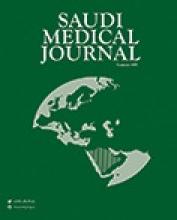Abstract
Ibn Al-Haitham (known as Alhazen in Latin [965 Basra, Iraq-1039, Cairo, Egypt]) was a scientist who played an important role in the middle age Islam world. He wrote many books and novels, but only 90 of them are known. His main book Kitab al-Manazir was translated into Western languages in the late twelfth century, and in the early thirteenth century. In this book, he formulated many hypotheses on optical science. The book, which is also known as Optic treasure (opticae thesaurus), affected many famous Western scientists. He became an authority until the seventeenth century in the Eastern and Western countries. Roger Bacon (1212-1294), who made radical changes in the Western optical traditions, reconfirmed Ibn Al-Haitham's findings. Ibn al-Haitham began his book Kitab al-Manazir with the anatomy and physiology of the eye. He specifically described cornea, humor aqueous, lens, and corpus vitreum. He examined the effect of light on seeing. He caused changes in the prevailing ideas of his age, and suggested that light came from objects, not from the eye. He provided information regarding the optic nerve, retina, iris, and conjunctiva. He showed the system of the eye as a dioptric, and the relations between the parts of the eye. It is understood that he mastered all knowledge on the structure of the eye in his century. The best proof of this is the eye picture that he drew.
- Copyright: © Saudi Medical Journal
This is an open-access article distributed under the terms of the Creative Commons Attribution-Noncommercial-Share Alike 3.0 Unported, which permits unrestricted use, distribution, and reproduction in any medium, provided the original work is properly cited.






